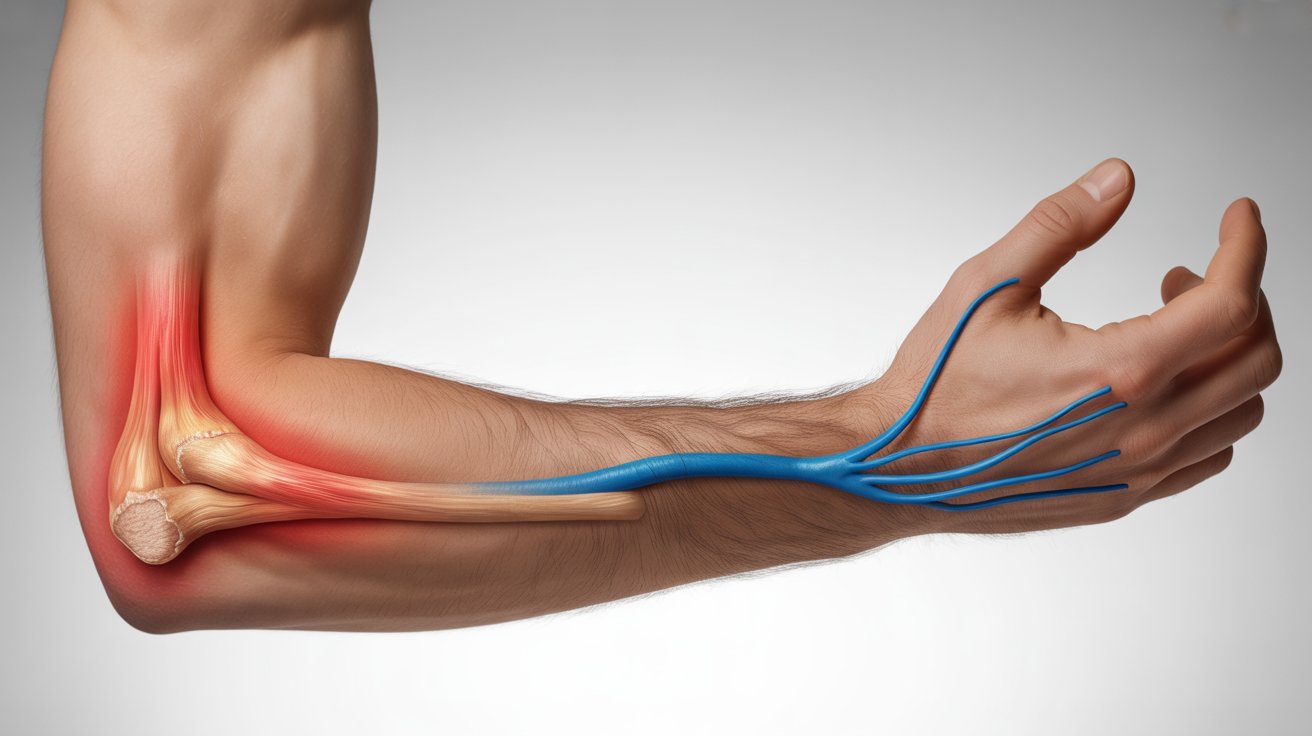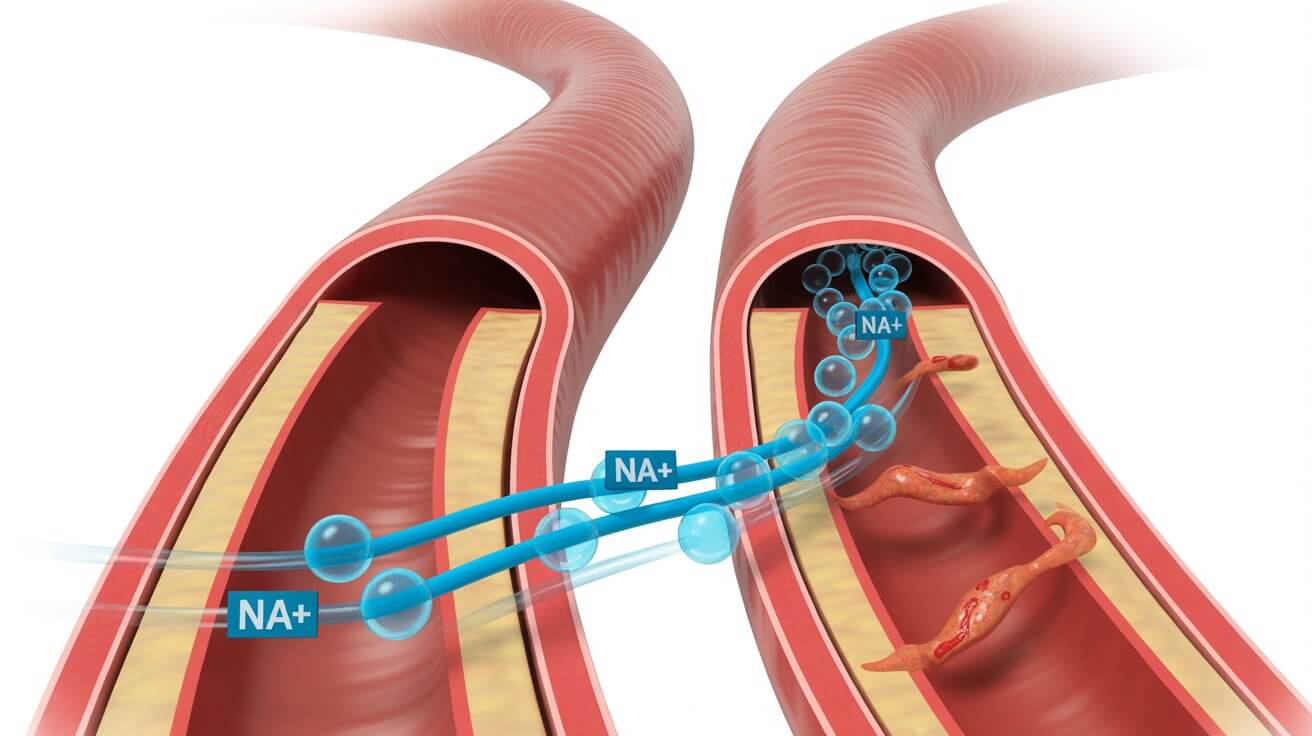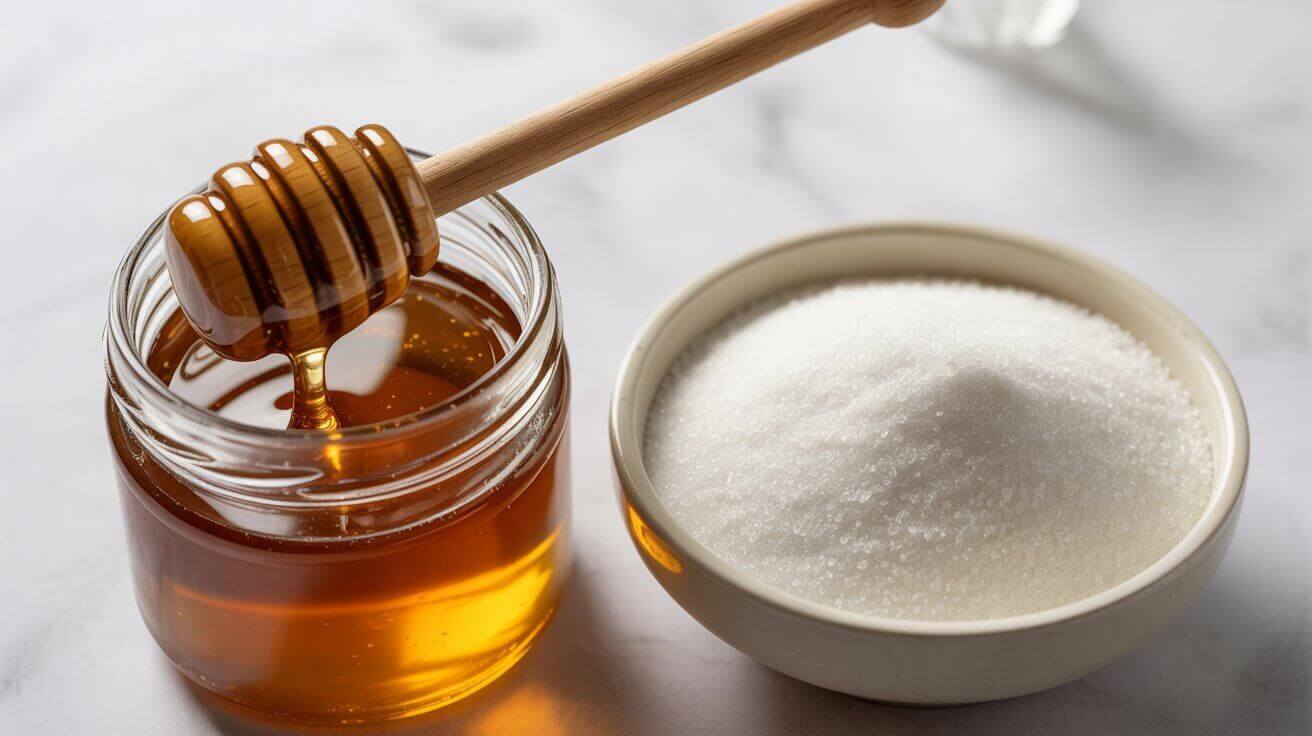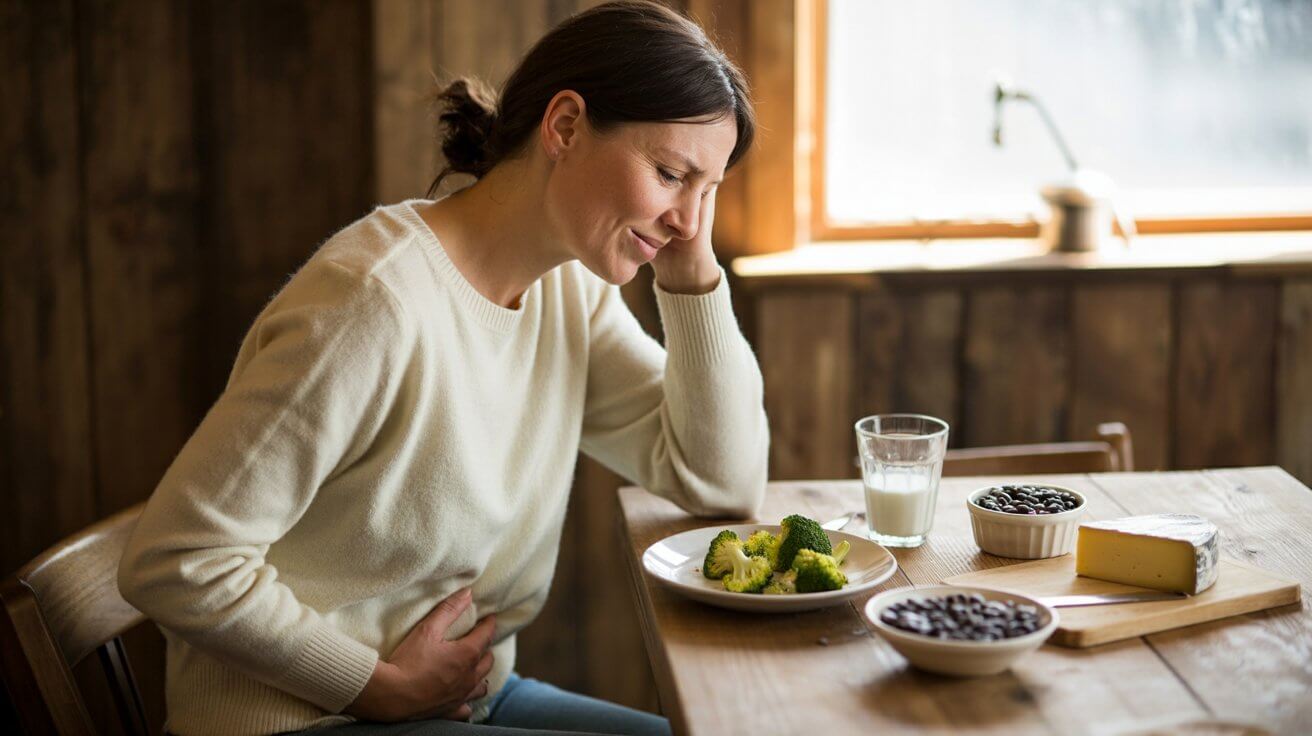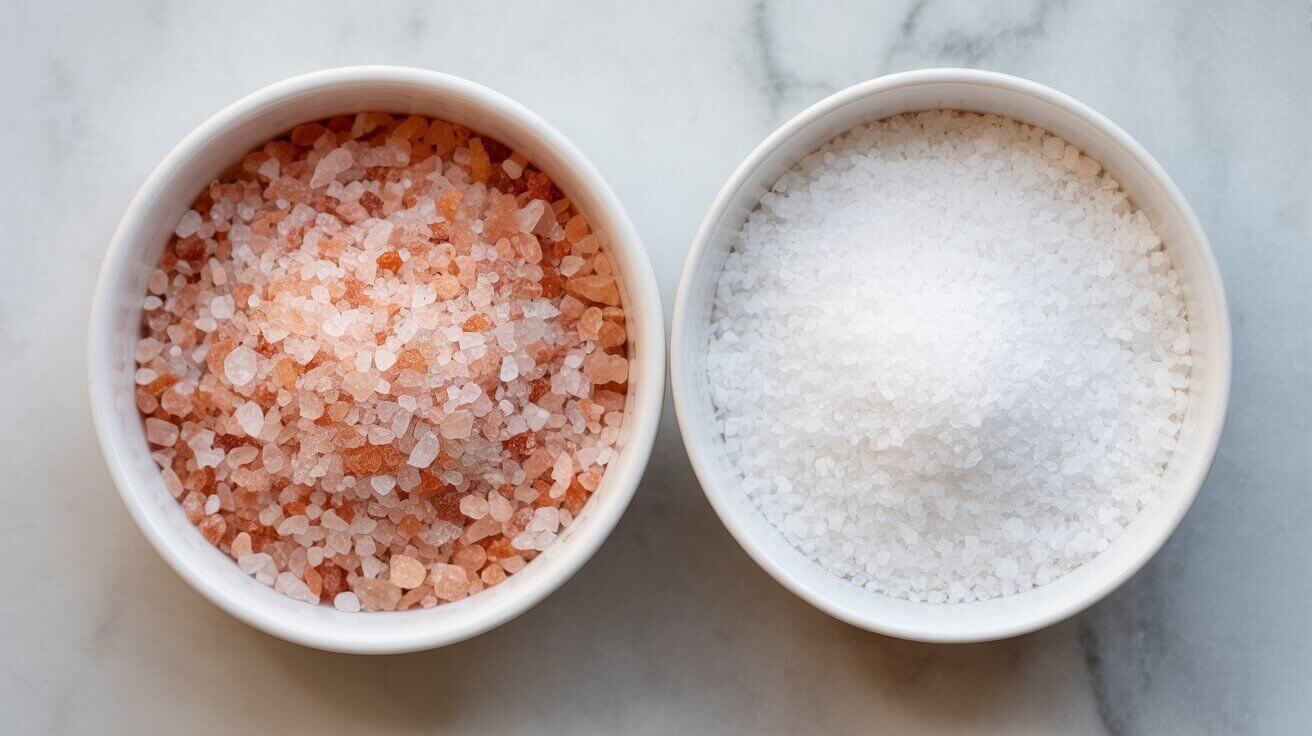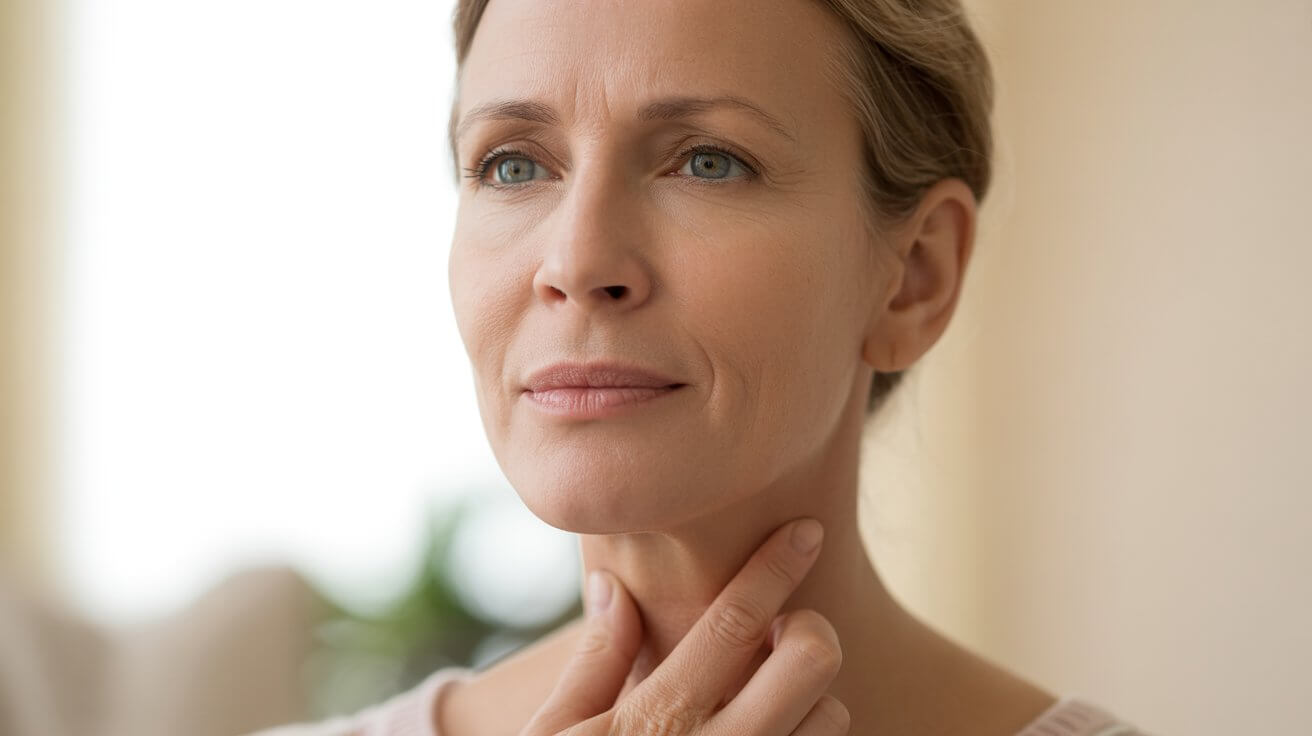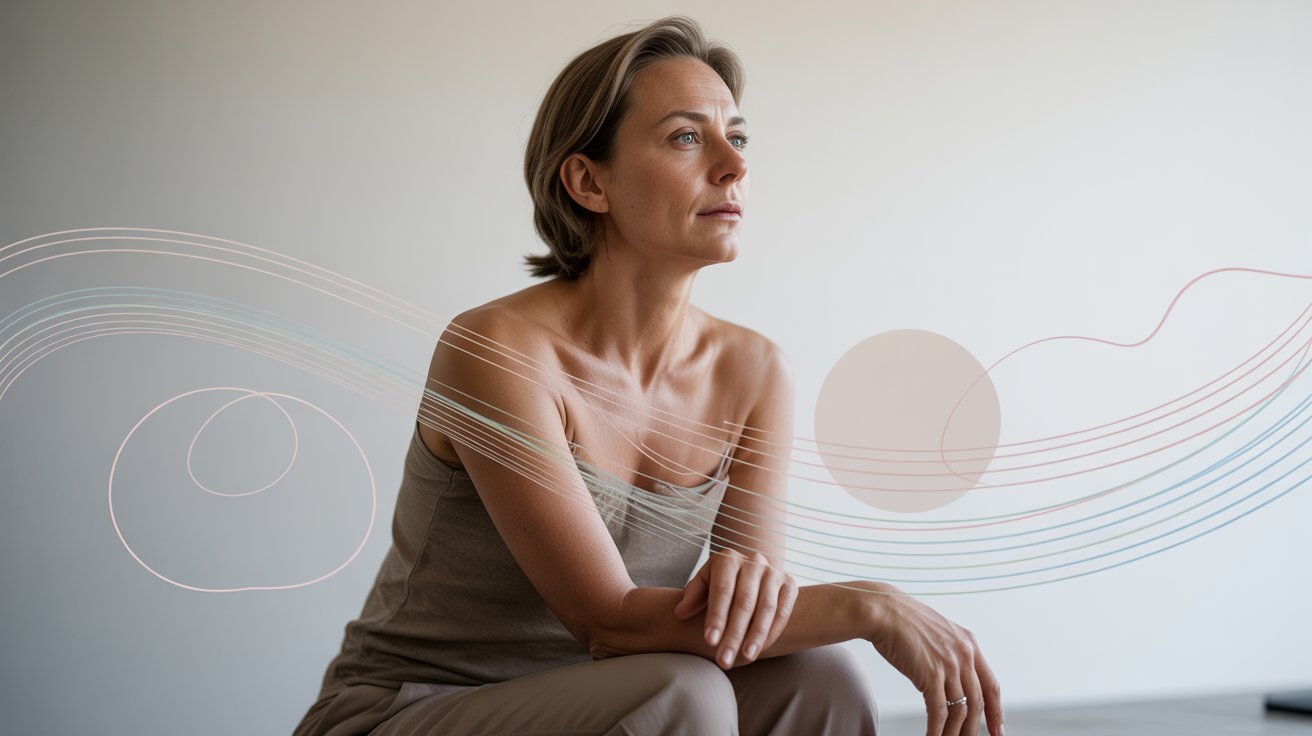It starts subtly. You notice you blush easily, or redness lingers too long. Over time, that flush sticks around your cheeks and nose. You might dismiss it as sensitive skin, but if you’re constantly searching for a rosacea treatment, you’re not alone. This common—and misunderstood—condition is more than just a cosmetic issue.
Millions of Americans navigate life with rosacea. It’s not a sign of poor hygiene; it’s a chronic inflammatory skin condition with deep roots in genetics and the body’s own internal signaling systems.
What Is Rosacea and Why Is My Skin So Reactive?
At its heart, rosacea is a condition of neurovascular dysregulation and inflammation. This means two things are happening: the blood vessels in your face are hypersensitive, and the skin’s immune system is overactive.
When exposed to a trigger—like sunlight or stress—blood vessels dilate easily, causing intense flushing. The confused immune response leads to bumps and pus-filled spots that look like acne, but without the blackheads. The exact cause is likely a mix of genetics and environmental factors.
The Main Rosacea Symptoms and 4 Official Subtypes
Rosacea isn’t a one-size-fits-all condition. It shows up differently depending on how your skin—and underlying systems—respond. Understanding these subtypes helps you identify what your skin is going through and how to treat it.
Persistent Redness and Flushing
This is the most common form. It shows up as long-lasting redness and visible tiny blood vessels (telangiectasia), usually across the cheeks, nose, chin, or forehead.
What’s happening: The small blood vessels in your skin become hyper-reactive. When exposed to triggers—heat, stress, or alcohol—they dilate too easily and stay open too long, causing that flush to linger. Over time, the blood vessel walls weaken, leading to persistent redness.
Acne-Like Bumps (Without Blackheads)
Also known as “acne rosacea,” this subtype includes inflamed red bumps and pus-filled pimples, but unlike traditional acne, there are no blackheads.
What’s happening: An overactive immune response is at play. Your skin’s innate immune system releases too many inflammatory molecules (like cathelicidins), causing flare-ups that mimic acne. But it’s not clogged pores—it’s inflammation driven by an internal immune imbalance.
Skin Thickening (Phyma)
Most often affecting the nose (called rhinophyma), this form leads to thick, bumpy skin and an enlarged, swollen appearance. It develops slowly over time and is more common in men.
What’s happening: Chronic inflammation and tissue remodeling cause an abnormal buildup of skin. Oil glands enlarge, and collagen production goes awry, leading to thickened, uneven skin texture.
Eye Irritation (Ocular Rosacea)
This subtype involves the eyes and eyelids. They may look red, watery, or bloodshot and feel gritty, dry, or irritated—sometimes even before facial symptoms appear.
What’s happening: Inflammation affects the meibomian glands (oil glands in the eyelids) and the eye surface, leading to tear film instability. This triggers dryness and discomfort, often misdiagnosed as simple dry eye or allergies.
The Cornerstone of Rosacea Treatment: Identifying Your Triggers
The most crucial step in managing rosacea is learning what causes your skin to flare. Keep a diary to track common culprits, which often include:
- Sun exposure
- Emotional stress
- Weather extremes (hot or cold)
- Alcohol (especially red wine) and spicy foods
- Harsh skincare products
Want to keep your heart strong and healthy? Explore our eBook: Hypertension Made Simple – Everything You Need to Know for a Healthier Blood Pressure and discover practical steps to support lifelong wellness.
A 4-Step Routine for Effective Rosacea Treatment
While there is no cure, effective rosacea treatment is available and focuses on controlling symptoms and preventing flare-ups.
1. Gentle Skin Care for Rosacea
Less is more. Use a mild, soap-free cleanser with lukewarm water and pat your face dry. A daily moisturizer is essential to support the skin’s protective barrier and reduce irritation.
2. Daily Mineral-Based Sunscreen
Year-round sun protection is non-negotiable. Use a broad-spectrum, mineral-based sunscreen (zinc oxide, titanium dioxide) with an SPF of 30 or higher, as it’s less irritating for sensitive skin.
3. Prescription Topical and Oral Medications
A dermatologist can prescribe topical creams (like metronidazole or ivermectin) to reduce inflammation and bumps. For more moderate cases, oral antibiotics may be used.
4. Laser and Light-Based Therapies
These in-office procedures can be very effective at reducing persistent redness and visible blood vessels that don’t respond to other treatments.
Living Confidently with Rosacea
Receiving a rosacea diagnosis is the first step toward understanding your skin’s unique needs. By learning your triggers and adopting a gentle approach, you can manage symptoms effectively. By understanding your skin and the available rosacea treatment options, you can significantly reduce its impact on your life.
Source & Further Reading
For those interested in the expert consensus that shapes the modern understanding and classification of rosacea, the following paper from the National Rosacea Society Expert Committee is a foundational resource for healthcare professionals.
- Title: Standard classification and pathophysiology of rosacea: The 2017 update by the National Rosacea Society Expert Committee
- Link:
https://pubmed.ncbi.nlm.nih.gov/29089180/e
Medical Disclaimer: This content is for educational purposes only and does not replace professional medical advice, diagnosis, or treatment. Always consult your physician or a qualified healthcare provider with any questions about a medical condition.

